Sikkim is considered as the window to the Himalayas but this abode has so much more to offer. This North-East paradise is a dream destination for adventure seekers and for those who like the idea of romanticising in the hills. Regarded as one of the beautiful tourist destinations in India, Sikkim tour is an ideal getaway all year round. This picturesque state wanders through lovely meadows, gushing as well as calmly flowing rivers, alluring peaks and hospitable people. Sikkim tourism has many wonders and can be differentiated by dividing into different directions, its enchanting beauty from east-west-north-south along the corridors of north-eastern states of India is something to die for.
East Sikkim has a prismatic beauty and mesmeric charm with the capital city, Gangtok also situated in the east, and it is the main district’s administrative centre. There are many places to visit in east Sikkim, like the Deer Park, also called as Rustomji Park which was established in the 50’s and this wildlife destination is located adjacent the new secretariat. This big animal enclosure holds some animals native to Sikkim like the red panda and the Himalayan bear. A visit to the Stupa or Do-Drul Chorten is one of the oldest and biggest Stupas found in Sikkim. This part of the region proves great for sightseeing places, also experience local culture and get a panoramic view from Tashi View Point
West is known as trekker’s favourite destinations; this hill station has wide varieties of flora and fauna with pristine and clear district Geyzing being the central point of the region. Enjoy temperate climate in the west and the slopes mostly covered in red and pink rhododendrons. This regions attraction includes the Khecheoperi Lake and the Pemyangtse monastery, which is the first monastery of the state. An ideal hotspot for honeymoon getaways, West Sikkim has calm landscape and serene weather making your getaway unforgettable. The hill stations here allow you to admire some attractions and for the adventure gateway Yuksom the ancient capital of Sikkim sources as a base to ascend to some mountain peaks.
A complete spell-bound experience, where heavens do exist. Heaven on earth is here in the Northern part of Sikkim; its earthy ambiance creates mystery and attracts a lot of adventurers. A land where misty clouds surround the mountains, it is a heaven on earth environs. This part of the region shares sensitive borders with China hence travelling without proper permit may have an issue, but here you can experience uninterrupted beauty of the Himalayan ranges.
The southern part of Sikkim stands proud with all the industrial state. Tea garden spread across the soothing slope, produces some top-quality tea leaf’s in the international market. One can definitely get a pleasant view of the surrounding small villages. The top tourist attraction in Sikkim is the Siddhesvara Dham, it holds a unique pilgrim with 108ft tall statue of Lord Shiva. Ravangla is another major tourist attraction for its breathtaking landscape and tranquillity in an elevation of 8000 ft. Make your journey memorable and pleasant holidaying in Sikkim by choosing any of these amazing destinations.
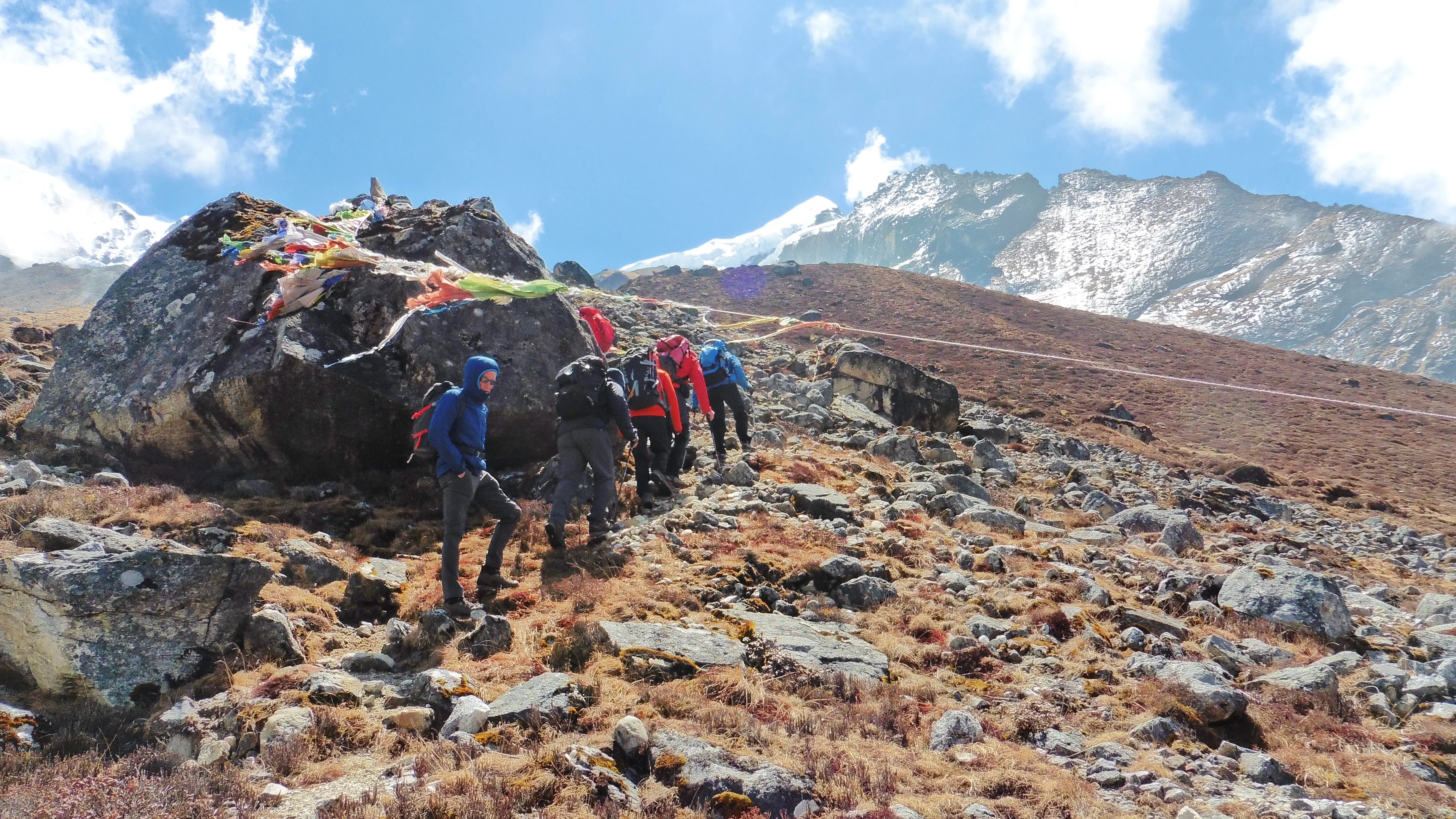
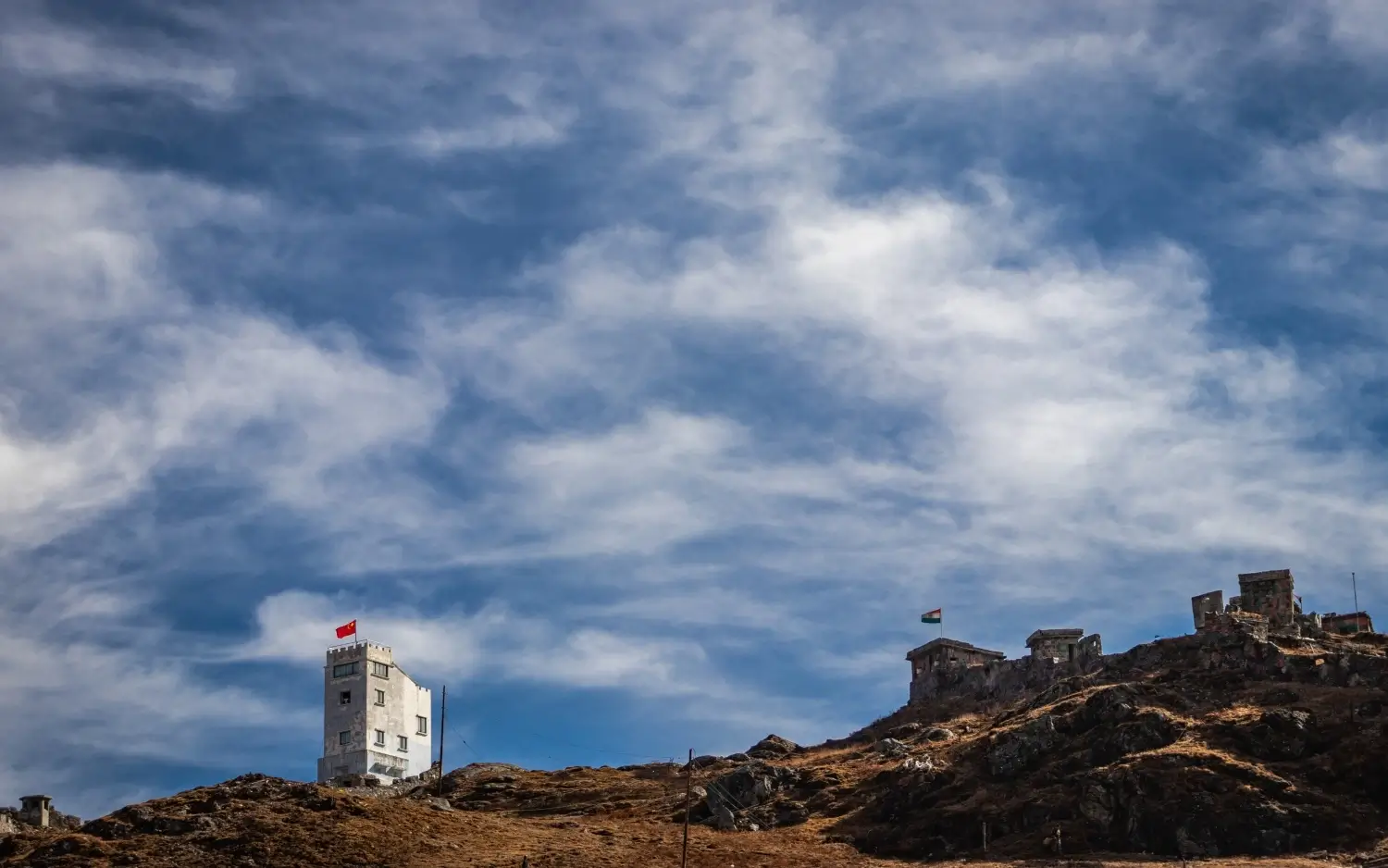
Among India's most beautiful and fascinating places is Nathula Pass, which is situated in Sikkim and is hidden in the eastern Himalayas. Placed at 14,140 feet above sea level, this high-altitude mountain pass is a vital entry point linking Tibet and India and has a fascinating and profound strategic significance. A trip to Nathula is a beauty, featuring narrow paths weaving through the verdant, lush green valley and offering magnificent vistas of glacial lakes and summits covered with snow.
Nathula Pass is a journey into the core of the Himalayas, in which the untamed sky meets rugged terrain, instead of simply a vacation escape for visitors. Additionally, to merely being visually pleasing, Nathula Pass has significance in history as it has been engaged with multiple significant geographical events.
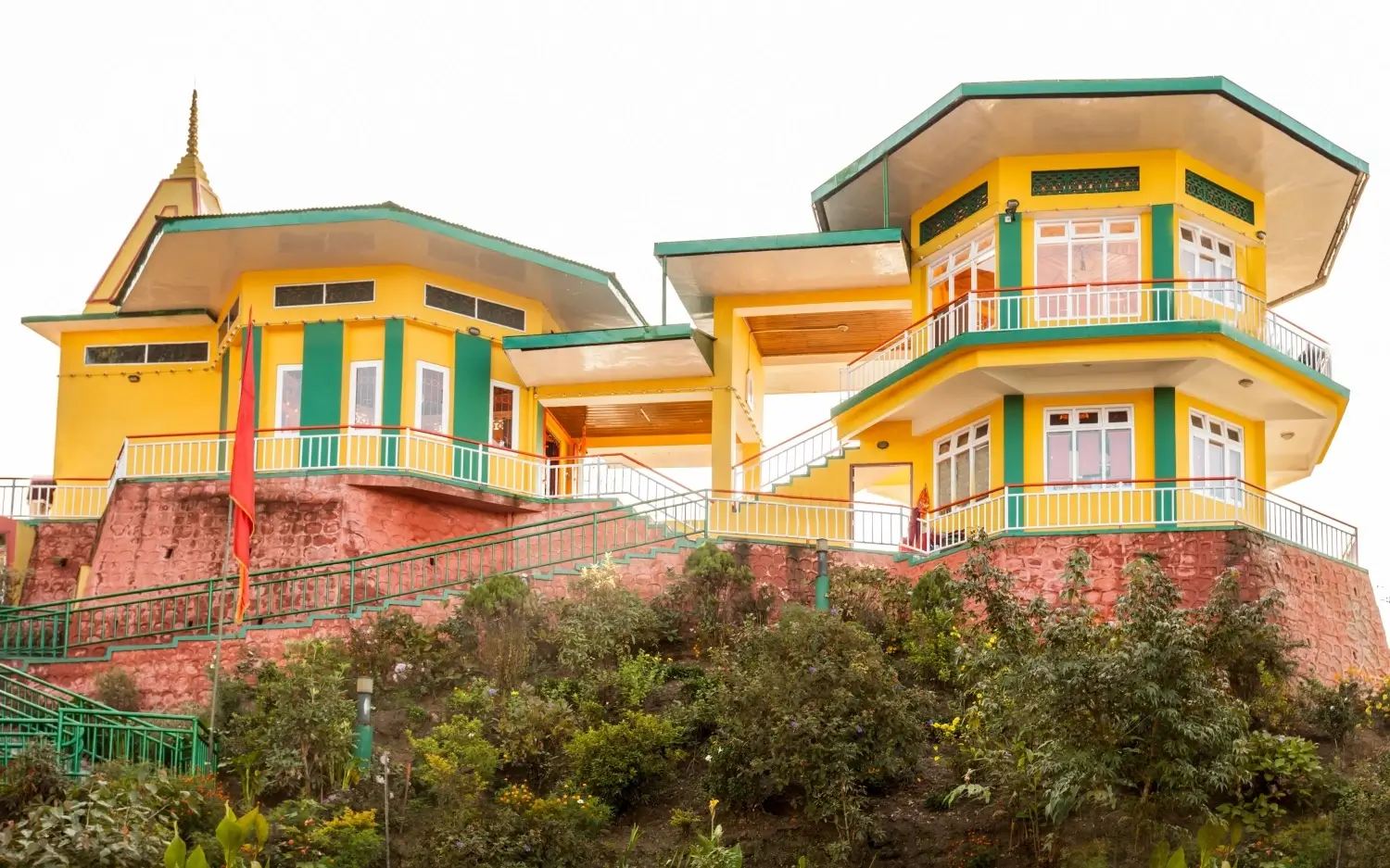
Ganesh Tok is a serene hilltop in Gangtok, situated magnificently at a height of 6,315 feet. This place gives tourists a fascinating combination of religious tranquillity and scenic beauty. An embracing heaven away from the hustle and bustle of the town can be found in this modest but remarkable temple, which is devoted to Lord Ganesha, the renowned elephant-headed divinity known for eliminating challenges and giving spiritual awakening. The beautiful rise through the lush green forests and curving paths which lead to Ganesh create the scene for the astonishing views waiting ahead.
Overall vast panorama of Ganesh Tok and the distant snow-capped summits of the Kanchenjunga range reveal behind when the guests get closer to the temple, providing a stunning backdrop which enhances the peaceful setting throughout.

Situated in the northern highlands in Sikkim, at a breathtaking altitude of 17,800 feet, is Gurudongmar Lake, a stunning gem of the Himalayas that attracts everyone who visits. The high-altitude lake, flanked by a grim, rugged terrain with dazzling snow-capped hills, is esteemed for both religious significance and incredible beauty. A visit to Gurudongmar Lake is an amazing experience which often involves a challenging journey across some of the most isolated and stunning scenery in the area. The image appears strange and unearthly as tourists proceed further due to the stark difference between the blue vastness of the lake and the neighbouring rocky, bleak mountains. Extremely important to both Buddhists and Hindus, who believe the lake’s water to be sacred, the lake has been designated after the renowned Tibetan saint, Guru Padmasambhava.
The tranquillity of the surroundings and the fine, crisp air inspire meditation and amazement both at the same time. The lake’s wonderful reflection of the neighbouring peaks and its pristine transparency often amaze visitors.
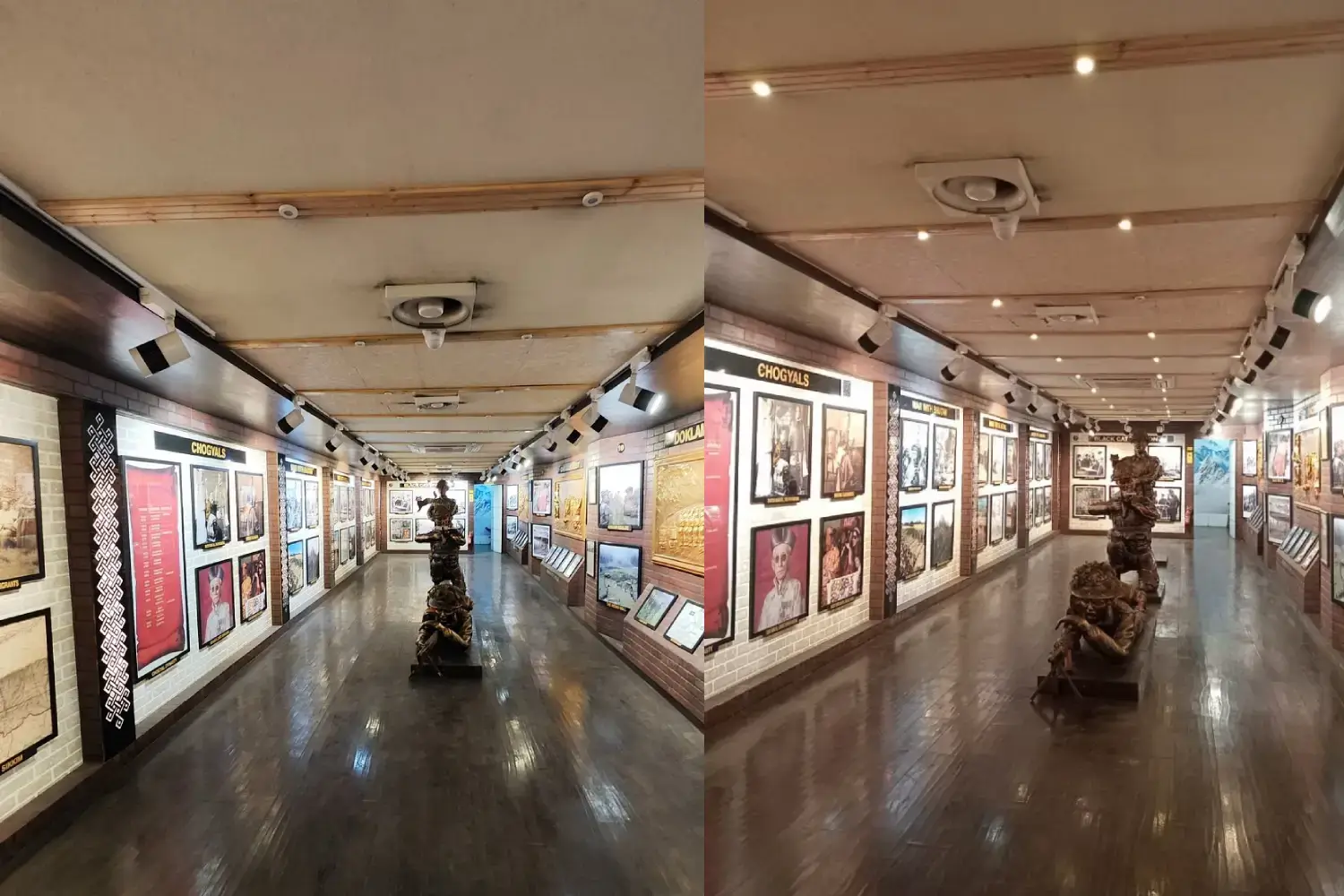
Situated in the peaceful and beautiful town of Gangtok, Sikkim, the Black Cat Museum serves as a fascinating and somewhat unusual attraction which offers an unusual glimpse into the unique heritage of culture of the area. Despite its odd name, the museum exhibits a fascinating collection of ancient records and local treasures instead of cat fascination. The name, which is a mix of mystery and regional customs, sets the tone for a compelling yet unique experience. The museum is home to an extensive collection of items which tell the story of various ethnic and cultural groups in the area, customary attires and old photos which reflect the diverse tapestry of Sikkim’s history and present.
Offering a worthwhile visit from the traditional tourist attractions, the Black Cat Museum shines out for its ability to combine historical insight with a sense of regional mythology and charm.
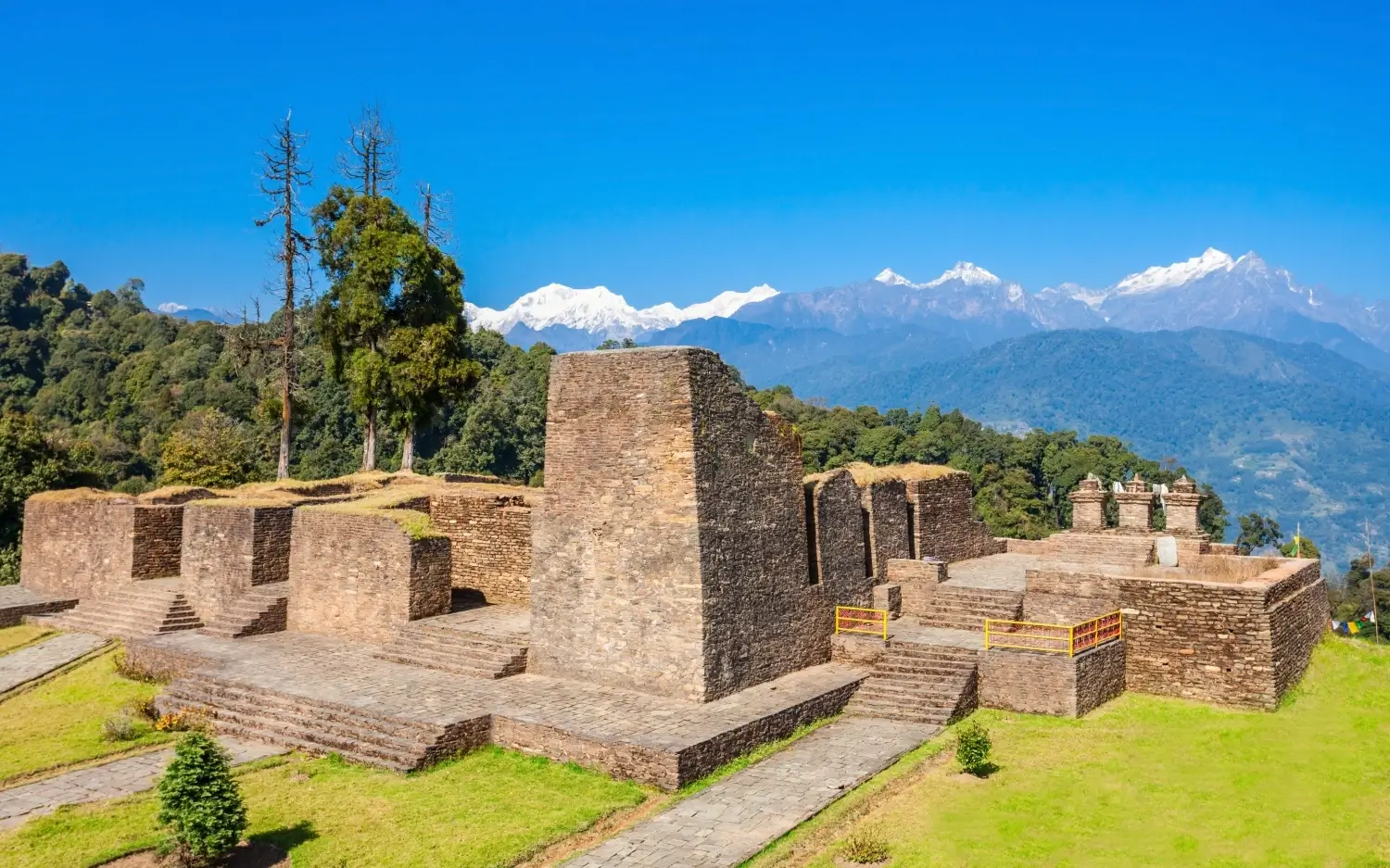
A remarkable example of the rich cultural and historical of the region is Rabdenste ruin which is located in Sikkim’s magnificent hills. In the 17th and early 19th centuries, Rabdentse was the bustling capital of the kingdom of Sikkim. Presently, it is a stunningly beautiful and culturally significant archaeological site which attracts tourists. Featuring verdant hills and lush green vegetation as the background, the ruins provide an idyllic and beautiful environment which stands in contrast to the majesty that these previously held. There are remnants of structures such as temples, palaces and strongholds dotted within the remains of this ancient city, each block screaming the tale from a different era.
The magnificent views that the spot offers of the distant mountains and nearby valleys add to the whole experience, giving tourists an understanding of the tactical and natural benefits, which made Rabdentse a significant hub of power.
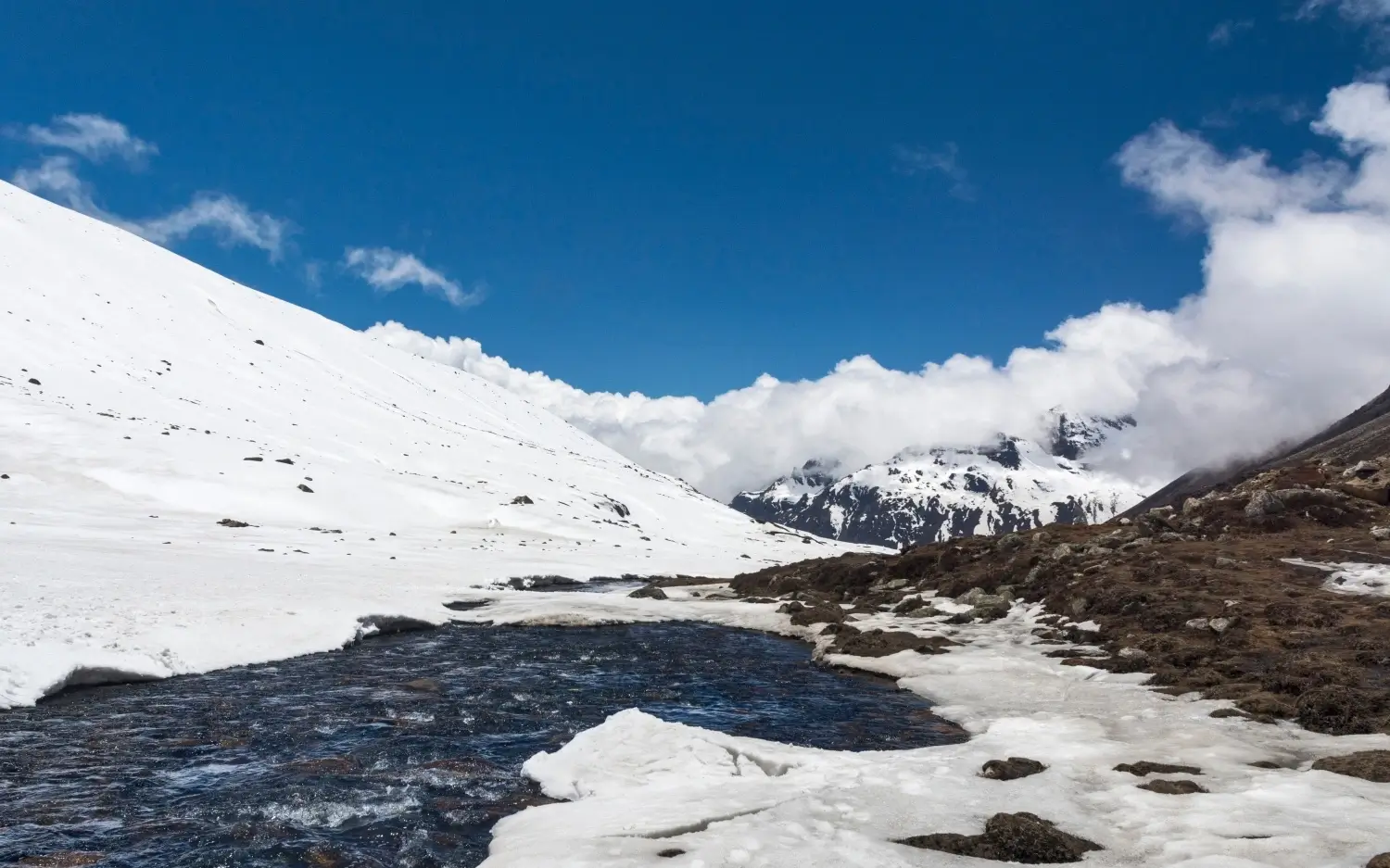
Referred widely as Yumesamdong, Zero Point is an outstanding spot which is close to the Indo-Tibetan border in the northernmost part of Sikkim. It is famous for its magnificent views and untouched pristine beauty. At the height of 15,300 feet above sea level, Zero Point offers an unparalleled panorama of snow-capped peaks, the extent of untouched snow, and uncontrollable rugged mountain terrain that stretches into a faraway land. Hiking via rocky paths and travelling through the high-altitude roads that offer even more-fascinating views makes the journey to Zero Point a thrill within itself.
The region is mostly covered with snow throughout the year, leading to an icy wonderland that stands out among rugged mountains and the vast expense of the sky. Zero Point gives a reminder of the raw majesty of the Himalayas in addition to highlighting the unspoiled beauty of Sikkim.
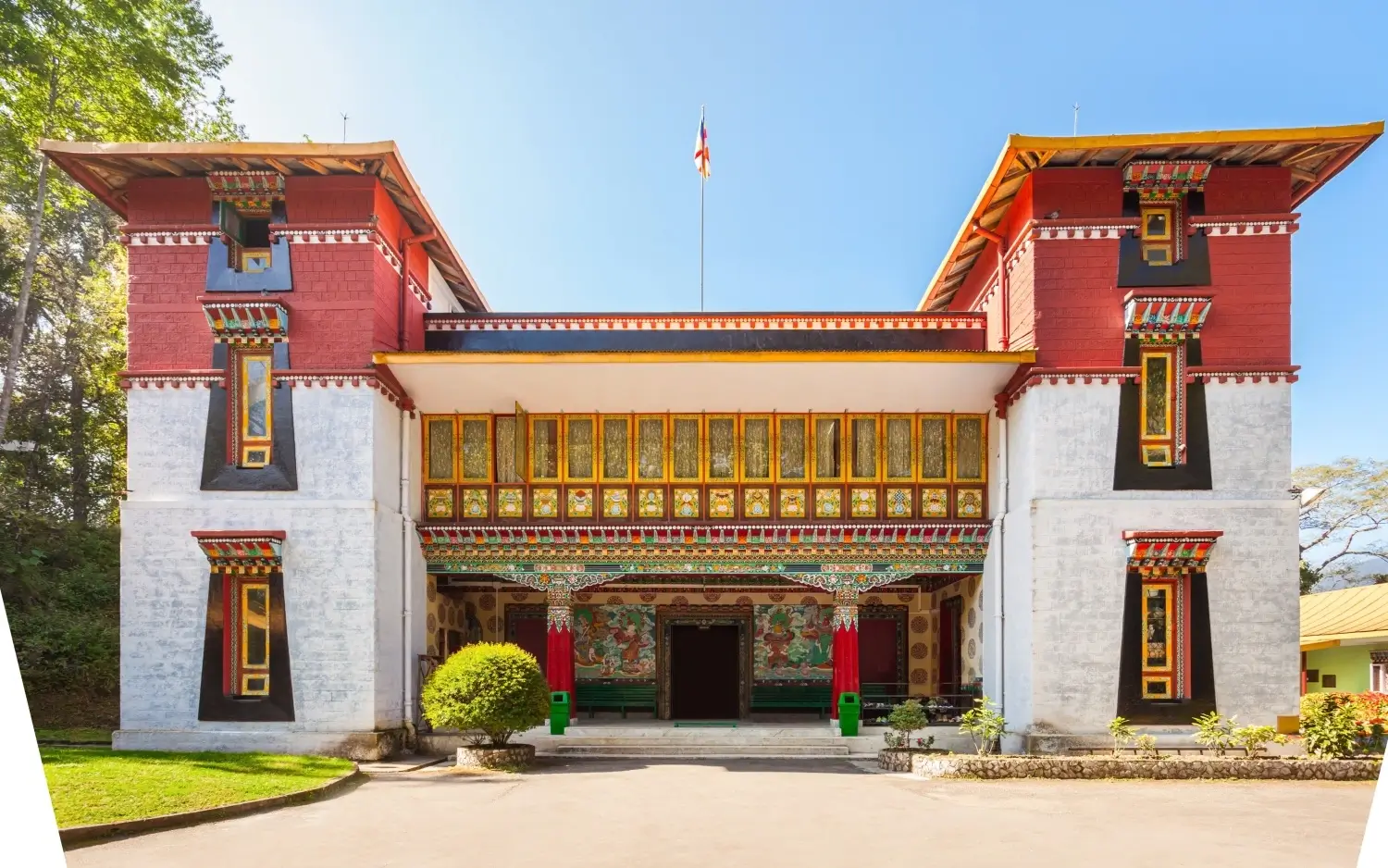
Nestled gracefully on a hill in Gangtok, Sikkim, Namgyal Monastery, is a prestigious religious and cultural retreat which represents the deep core of Tibetan Buddhism. Palden Thondup Namgyal, which is the third Chogyal of Sikkim established the monastery in the early 1950’s. It is an example of the rich religious culture of Sikkim and the profoundly rooted Tibetan traditions of the region. Its lavishly painted interiors, including vibrant murals, complex thangkas and decorated scripters of valued Buddhists deities, highlight its splendour and create a serene devoted mood. The peaceful ambience of the monastery is further enhanced by its high location, offering expansive panoramic views of the surrounding hills and the distant Kunchenjungha range.
The sweet aroma of incense and continued chanting of the monks greet visitors inside uniting to create a peaceful and spiritually inspiring ambience. Namgyal monastery is an ideal location for guests who are seeking spiritual awakening and meditation in peace.
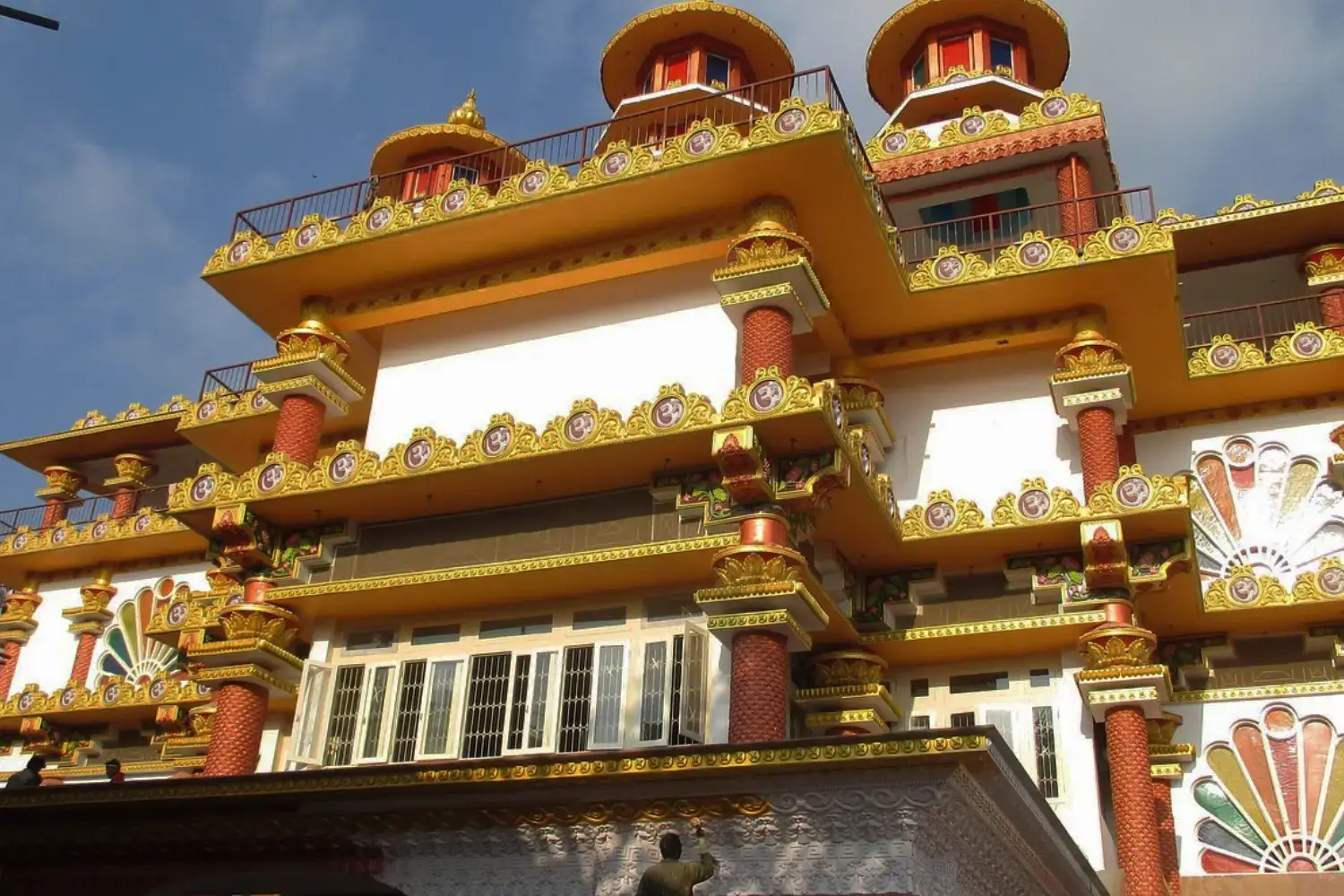
The state capital of Sikkim, Gangtok is home to the oldest and most admired temple, Thakubari temple. This temple, which was established in 1935, is an example peaceful coexistence of faith and cultural heritage of Sikkim. Additionally, to its multi-devotion to Hindu deities, the temple is a significant place of devotion for worshippers from various sects. The intricate carvings and vivid decorations of Thakubari Temple’s architecture, which combine ancient and contemporary architectural details, add to the place’s peaceful ambience. The huge shrine complex has temples to Lord Shiva, Lord Ganesh, Goddess Durga and other gods, and offers a calm surrounding for meditation and devotion.
The temple provides an idyllic gateway which is away from the hustle and bustle of city life and easily reachable to visitors as well as locals because of its downtown Gangtok location. The temple symbolises the deeply rooted religious customs of Sikkim and serves as both a centre of culture and a place of devotion.
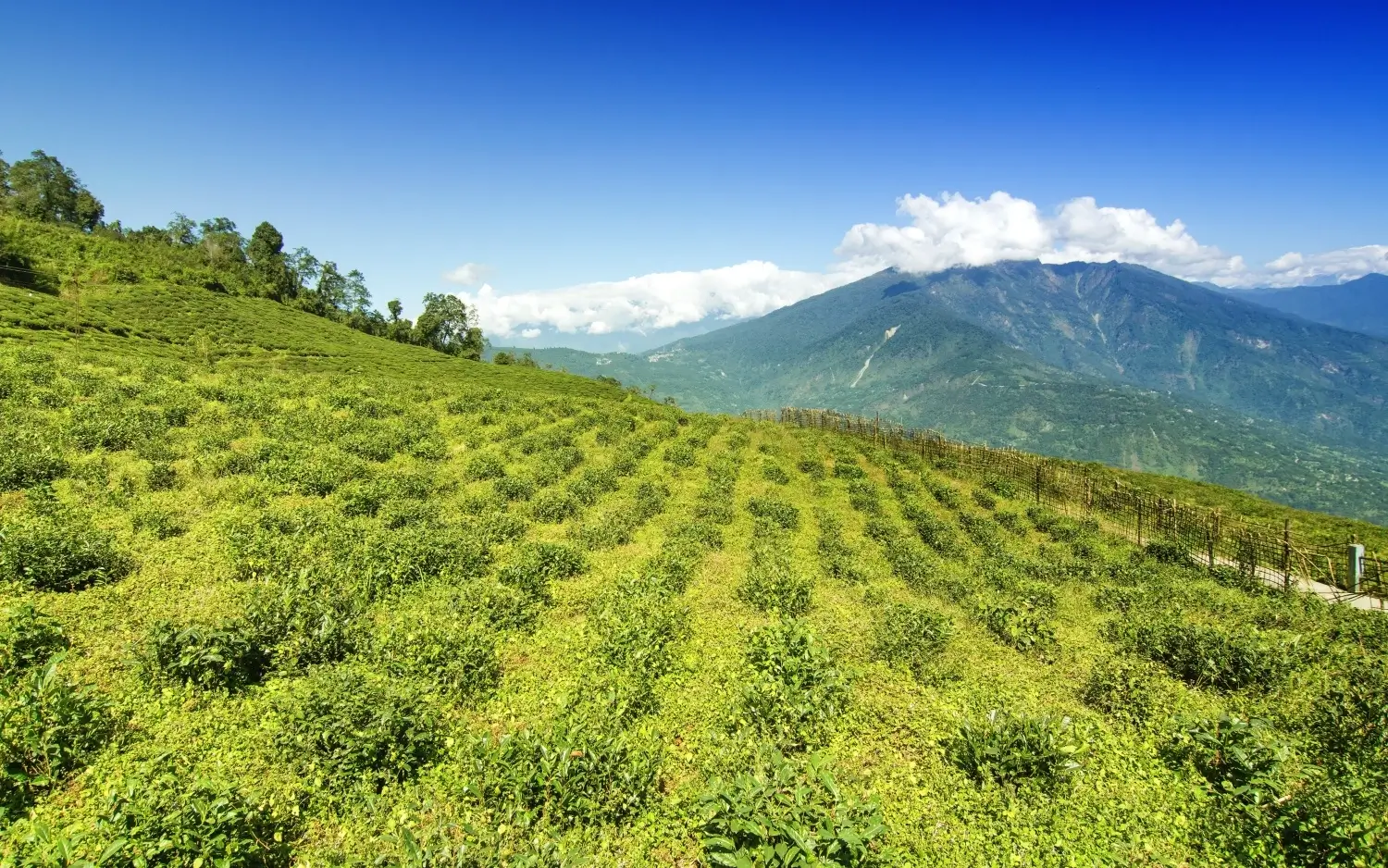
The largest and only tea garden in the state, Temi Tea Garden is located in the southern region of Sikkim and is renowned for growing a few of the finest organic tea in India. The garden which was set up in 1969 by the Sikkim government and extends across over 440 acres situated on the beautiful Tendong hills slopes and provides amazing views of the neighbouring valleys and mountains. Situated around 4,800 and 6,400 feet above sea level the lush green tea plantation has an environment which is perfect for growing premium tea leaves. Besides being renowned worldwide for producing superior quality tea, Temi Tea Garden is also noted for its fidelity to its natural and environmentally friendly cultivation methods.
For tourists to Sikkim, the Temi tea garden is a must-see location due to its beautiful surroundings, interesting past and cultural importance. Temi Tea Garden offers a unique and rewarding experience, whether your guests have been there for the love of tea or simply to take in the tranquillity of Sikkim’s surroundings.
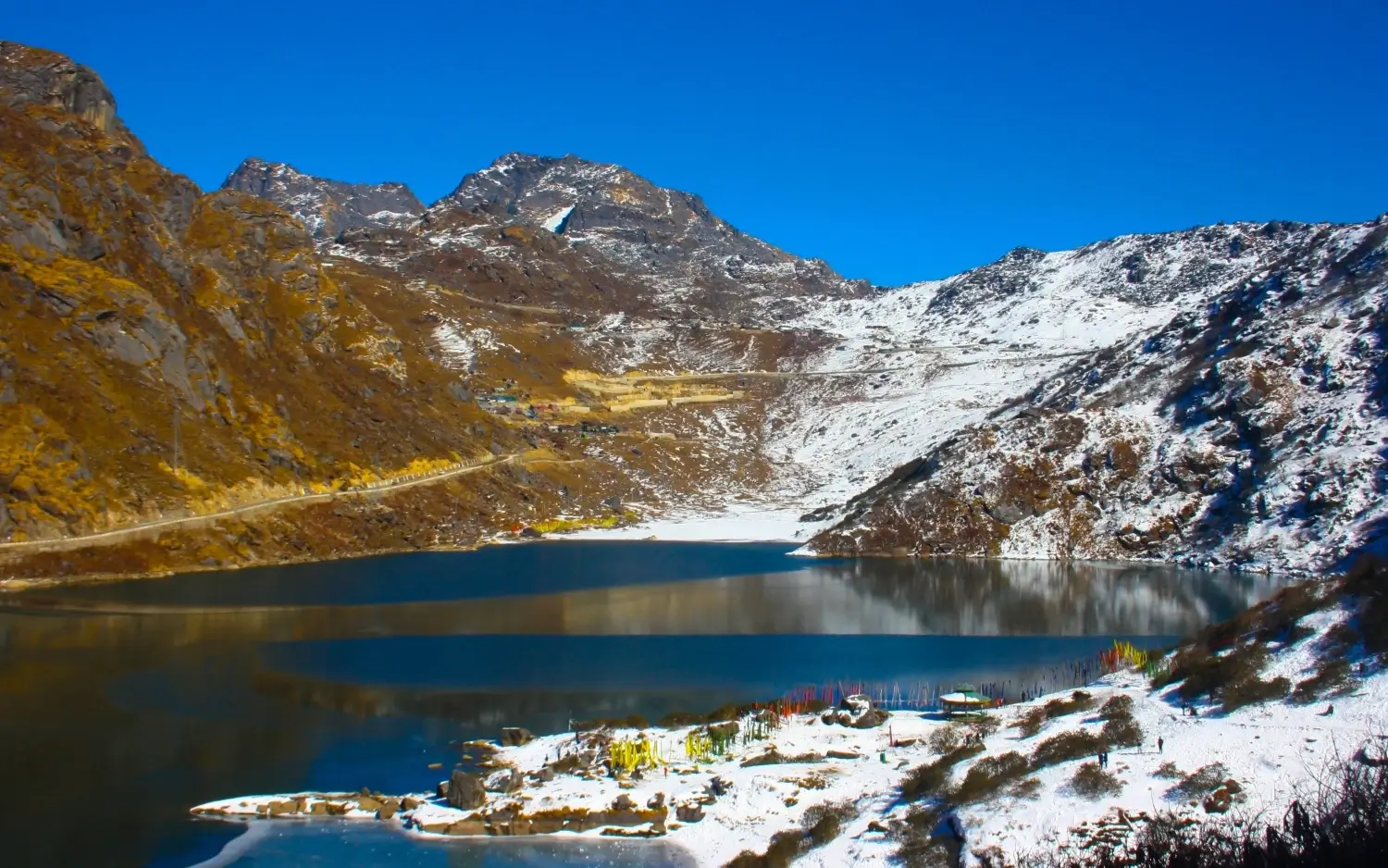
Nestled in the eastern region of Sikkim at an elevation of 12,319 feet is Tsomgo Lake formerly known as Changu Lake, which is one of the most appealing wonders of nature in Sikkim. Around 40 kilometres from Gangtok, the capital of Sikkim, lies this glacial lake flanked by the craggy, snow-capped mountains. Tsomgo, the name of the lake, signifies “source of water”, in the Bhutia language, which perfectly conveys its pristine and serene essence. The sparkling water of Tsomgo Lake, which receives nourishment through the melting snow of the surrounding mountains, reflects the changing colours of the sky, producing a fascinating panorama.
For those who live there, especially the Sikkimese Buddhists who reverence the lake, it holds enormous significance meaning. Small temples dotted around the lake and prayer banners fluttering in the wind add to the serene atmosphere.
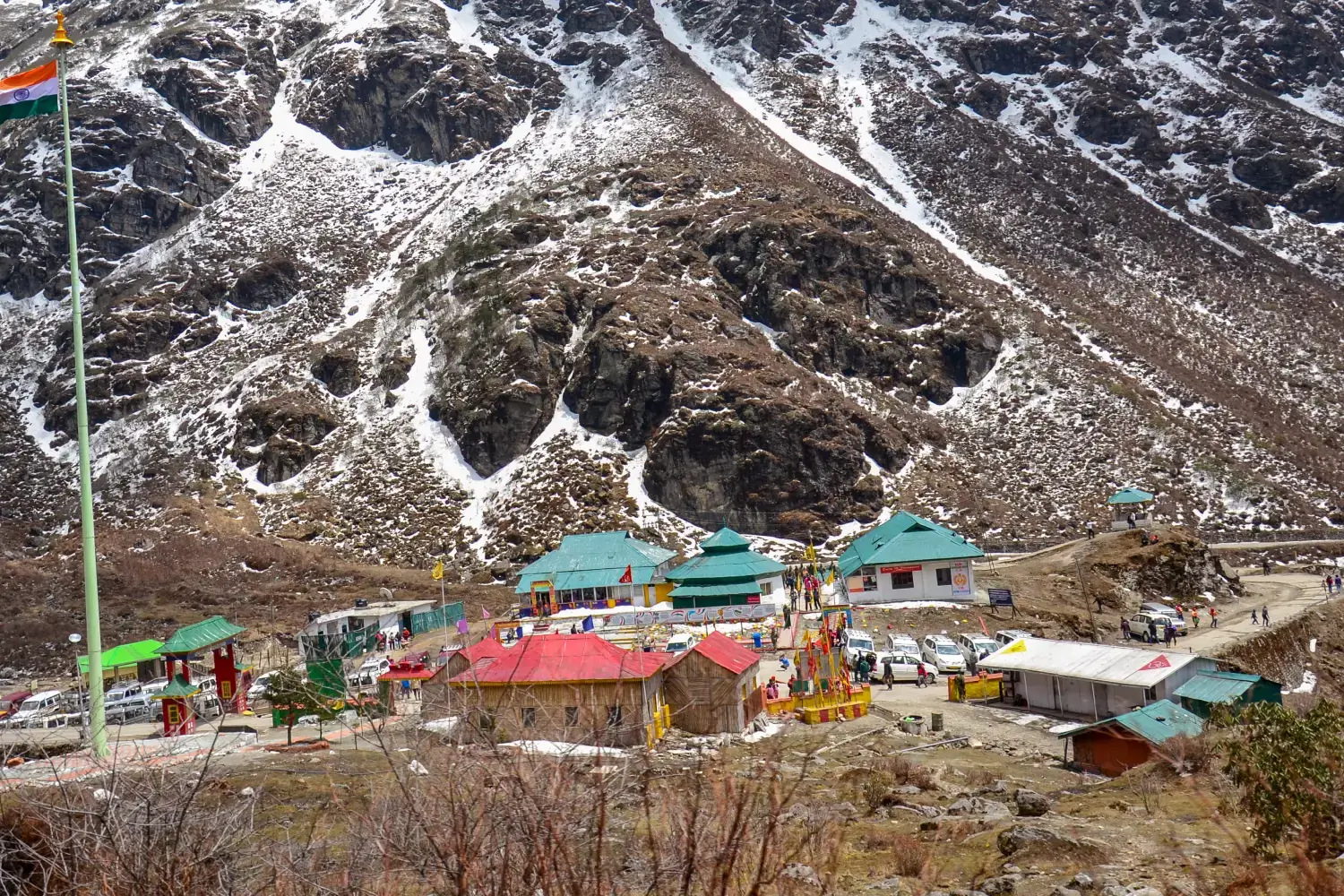
Baba Harbhajan Singh, an Indian Army soldier who is considered an idol, among civilians and soldiers, is the topic of the renowned Baba Mandir in Sikkim. Baba Mandir is a location filled with mythology and national pride, located close to the Indi-China border at a height of roughly 13,200 feet between Jelena Pass and Nathula Pass, Baba Mandir is not just a renowned spiritual destination but also a spot filled with rich historical past and nation pride. The temple was built in memory of Harbhajan Singh, a soldier of the 23rd Panjab realignment who died in 1916 while doing his duty in these dangerous highlands.
As years passed, stories of his spirit defending the soldiers and patrolling the border became stronger in the town, making him renowned as the “Hero of Nathula”. The Indian army takes extreme care to maintain the objects like his bed, uniform, and shoes in the complex. Full of patriotic feeling and historical significance, this is a must-visit spot.